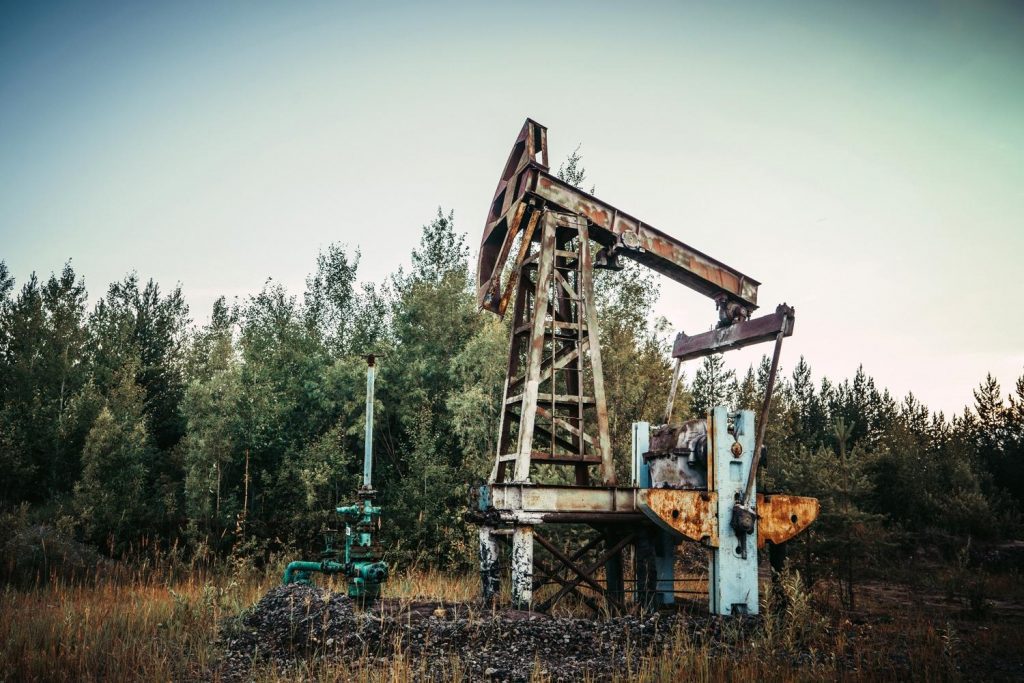A groundbreaking new study, released last week, puts a further damper on Canada’s tar sands and the industry’s desire to recklessly increase production from the tar sands in the coming years.
We already knew from the Intergovernmental Panel on Climate Change that the vast majority of fossil fuel reserves—coal, oil, and natural gas—must stay in the ground if the world is going to stay below 2 degrees of average global warming and avoid the worst of global warming catastrophes. This study, published in the prestigious scientific journal Nature, further investigates which reserves could be recoverable and which should remain untouched, based on how dirty they are, i.e. how much carbon they would spew when recovered and burned, and how expensive they are to recover.
We know that the tar sands are one of the dirtiest and most expensive sources of oil. And this research concludes the same, finding that 85 per cent of tar sands reserves need to stay in the ground if Canada is going to stay within its carbon budget and contribute to avoiding 2 degrees of warming.
This finding has major implications. At most, tar sands companies can continue current production for 10 more years. That’s all. If the tar sands want to continue to operate over the next 35 years, the timeline for the world’s carbon budget, then they have to pump a lot less oil each year, 70 per cent less, in fact. It turns out the tar sands really are a carbon bomb, as described by U.S. climate scientist James Hansen, i.e. because of how much bitumen is found in northern Alberta, and because of how much carbon is released for every barrel of tar sands oil consumed, it would be game over for the struggle to avoid dangerous climate change.
So forget the massive expansion that industry and the Canadian and Alberta governments have envisioned. And forget more pipeline construction. With tar sands oil production ramping down, currently existing pipelines are more than sufficient to carry the oil to markets.
This sounds pretty dramatic. But there are reasons why even this scenario might be too conservative, that greater action will be needed. First of all, under this scenario, the odds of keeping warming to 2 degrees are only 50:50. I don’t know about you, but I’d prefer better than a coins-toss odds that we will not venture into dangerous levels of climate change. Also, this assumes that the carbon intensity of the tar sands will improve—in other words, the carbon pollution per barrel of oil will go down. This hasn’t been the case over the past decade so it’s a stretch to believe this will occur in the future. And finally, it assumes that some carbon emissions will be buried in the ground through carbon capture and storage. As the Nature study says, this would be “extremely challenging in reality.”
To paraphrase The Guardian journalist George Monbiot, governments have to cease their Jekyll and Hyde act—promising to reduce carbon pollution to safe levels while championing the development of as much dirty energy as possible. Industry spokespeople and energy pundits would also like us to believe we can take action on climate and keep pumping more oil from the tar sands. But this study shows us that we cannot. We can’t have our cake and eat it too. And rather than expanding the tar sands and building new pipes to ship it in every direction, we need to be reducing production levels, and looking to build a clean economy. And what better time than now, when prices are low, and the projects are barely economic anyway.









